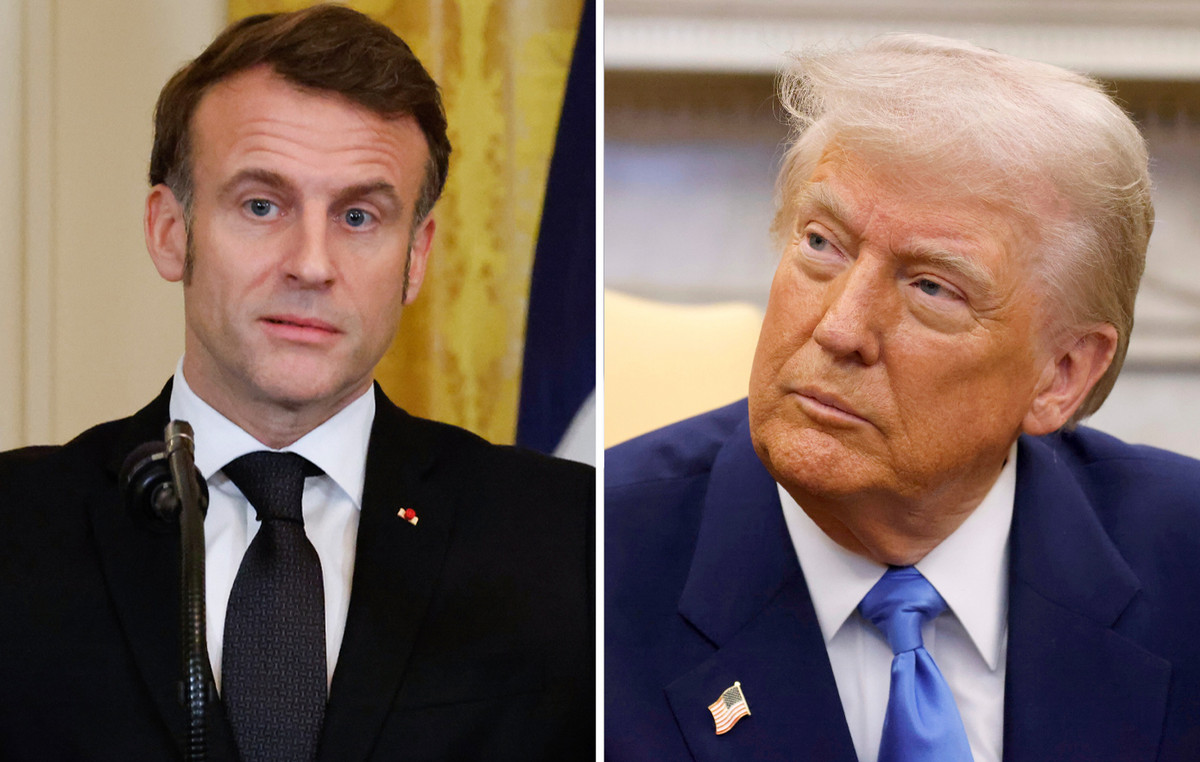- ISM services PMI figures for March were weaker than expected. ADP's numbers were solid.
- The odds of an interest rate cut increased slightly for the Fed's June meeting.
- The focus is on Friday's Nonfarm Payrolls report.
The US Dollar Index (DXY) is currently trading at 104.3, reflecting a daily decline. Despite the cautious stance of the Federal Reserve (Fed), consensus forecasts indicate that the start of the easing cycle will begin in June. That said, the mixed data from the US economy may make Fed officials think twice before rushing to start tapering.
The US labor market continues to resist, as does the economy in general, with few signs of a slowdown. If the economy does not show conclusive evidence of cooling, the Fed could consider delaying the start of the easing cycle.
Daily market developments summary: DXY hit by service sector slowdown, Fed remains cautious
- The Institute for Supply Management (ISM) released a report noting that business activity in the U.S. service sector expanded in March, but growth was slower than the previous month. The ISM services Purchasing Managers' Index (PMI) fell to 51.4 from 52.6 in February.
- The annual decline in the prices paid index from 58.6 to 53.4 indicates a general downward trend in inflation.
- The employment index registered a slight annual increase, from 48.0 to 48.5, which continues to indicate a decline in payrolls in the services sector.
- Data from Automatic Data Processing (ADP) showed US private sector employment increased in March, with 184,000 new jobs, an improvement on February's revised figures of 155,000 to 140,000.
- Cleveland Fed President Loretta Mester and San Francisco Fed President Mary Daly suggested three possible rate cuts in 2024, but stressed that it is too early to act.
- On Tuesday, Jerome Powell commented that there was no rush to cut rates and that the entity remains dependent on the data.
- June has not been ruled out for the first cut, and current market odds continue to favor a 68% rate cut.
DXY Technical Analysis: DXY faces slight selling pressure, overall sentiment remains bullish
In the technical outlook for the DXY, the Relative Strength Index (RSI), although with a negative slope, is still located in positive territory, implying a stagnation of bullish momentum. However, the recent decline of the green bars on the moving average convergence divergence (MACD) histogram echoes a similar sentiment, suggesting a subtle shift in dynamics from buying to selling pressure.
All in all, the index continues to trade above critical support levels dictated by its 20-day, 100-day, and 200-day simple moving averages (SMA). Despite a negative near-term outlook, this remarkably bullish stance suggests bulls remain in control in the longer term.
US Dollar FAQ
What is the US Dollar?
The United States Dollar (USD) is the official currency of the United States of America, and the “de facto” currency of a significant number of other countries where it is in circulation alongside local banknotes. According to 2022 data, it is the most traded currency in the world, with more than 88% of all global currency exchange operations, equivalent to an average of $6.6 trillion in daily transactions.
After World War II, the USD took over from the pound sterling as the world's reserve currency.
How do the decisions of the Federal Reserve affect the Dollar?
The single most important factor influencing the value of the US Dollar is monetary policy, which is determined by the Federal Reserve (Fed). The Fed has two mandates: achieve price stability (control inflation) and promote full employment. Your main tool to achieve these two objectives is to adjust interest rates.
When prices rise too quickly and inflation exceeds the 2% target set by the Fed, the Fed raises rates, which favors the price of the dollar. When Inflation falls below 2% or the unemployment rate is too high, the Fed can lower interest rates, which weighs on the Dollar.
What is Quantitative Easing and how does it influence the Dollar?
In extreme situations, the Federal Reserve can also print more dollars and enact quantitative easing (QE). QE is the process by which the Fed substantially increases the flow of credit into a clogged financial system. This is an unconventional policy measure used when credit has dried up because banks do not lend to each other (for fear of counterparty default). It is a last resort when a simple lowering of interest rates is unlikely to achieve the necessary result. It was the Fed's weapon of choice to combat the credit crunch that occurred during the Great Financial Crisis of 2008. It involves the Fed printing more dollars and using them to buy US government bonds, primarily from financial institutions. QE usually leads to a weakening of the US Dollar.
What is quantitative tightening and how does it influence the US dollar?
Quantitative tightening (QT) is the reverse process by which the Federal Reserve stops purchasing bonds from financial institutions and does not reinvest the principal of maturing portfolio securities in new purchases. It is usually positive for the US dollar.
Source: Fx Street
I am Joshua Winder, a senior-level journalist and editor at World Stock Market. I specialize in covering news related to the stock market and economic trends. With more than 8 years of experience in this field, I have become an expert in financial reporting.







